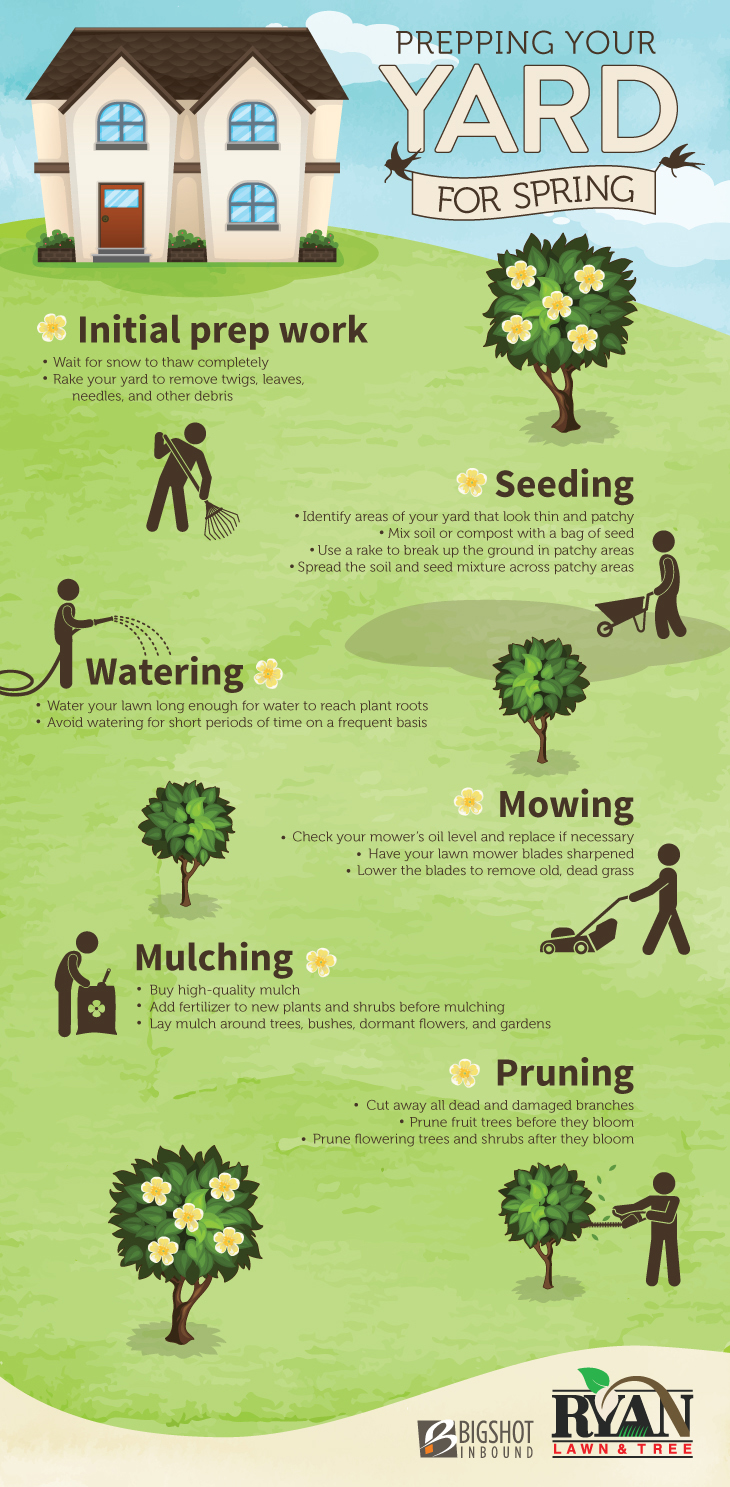Seasonal Tree Treatment: When And How To Trim For Maximum Development
Seasonal Tree Treatment: When And How To Trim For Maximum Development
Blog Article
Post Produced By-French Hovgaard
When it comes to seasonal tree cutting, timing and method are important for your trees' health and growth. You may be shocked at how much a straightforward cut can encourage new life. Understanding when to prune dormant trees versus blooming ones can make all the distinction. However Recommended Internet site 's not practically when; it's likewise about exactly how you do it. Allow's check out the very best methods to ensure your trees flourish.
Understanding the Best Seasons for Tree Trimming
When's the best time to cut your trees? The answer depends on recognizing the seasons. Late wintertime to very early spring is frequently optimal, as trees are still inactive. This timing decreases anxiety and advertises much healthier development when they awaken.
Nonetheless, if you're taking care of flowering trees, think about trimming right after their blooms discolor. This ensures you won't remove next year's blossoms.
In summertime, light trimming can help maintain form and eliminate any kind of dead or diseased branches. Prevent heavy pruning during fall, as trees are planning for inactivity and could have a hard time to recover.
Ultimately, understanding your tree species and regional climate will guide your cutting schedule. Pick sensibly, and your trees will grow magnificently year-round.
Crucial Pruning Methods for Healthy And Balanced Trees
Trimming your trees efficiently is crucial for their health and wellness and longevity. Start by using tidy, sharp devices to make specific cuts, which aids prevent damage and illness.
Focus on eliminating dead, harmed, or crossing branches first; this motivates better air flow and sunshine penetration. When cutting, aim for an angle that promotes healing and lessens the danger of rot. Constantly prune just outside the branch collar, the puffy location where the branch fulfills the trunk, to improve recovery.
For young trees, shape them by precisely trimming to develop a strong framework. Lastly, prevent over-pruning; removing too much foliage can worry your tree.
Common Mistakes to Avoid When Pruning
Several home owners make essential mistakes while pruning their trees, which can result in lasting damage.
One common mistake is over-pruning, where you remove way too many branches at the same time. This can stress the tree and impede its development.
An additional error is using plain tools; sharp, tidy devices make cleaner cuts that heal faster.
Do not forget to prune at the incorrect time of year; winter is typically best for many types, while summertime is perfect for others.
Likewise, stay clear of reducing branches as well near to the trunk or leaving stubs, as both can welcome bugs and diseases.
Last but not least, stopping working to step back and evaluate the tree's overall shape can result in unequal growth.
Keep these errors in mind for much healthier, flourishing trees!
Conclusion
Finally, seasonal tree trimming is vital for your trees' wellness and growth. By trimming at please click the next post -- late winter months for inactive trees and right after blooms for blooming ranges-- you'll motivate dynamic vegetation and blossoms. Bear in mind to utilize tidy, sharp tools and comply with correct strategies to avoid damages. Avoid heavy trimming in the autumn and remain clear of typical mistakes. With these ideas in mind, you'll maintain your trees growing all year round!
